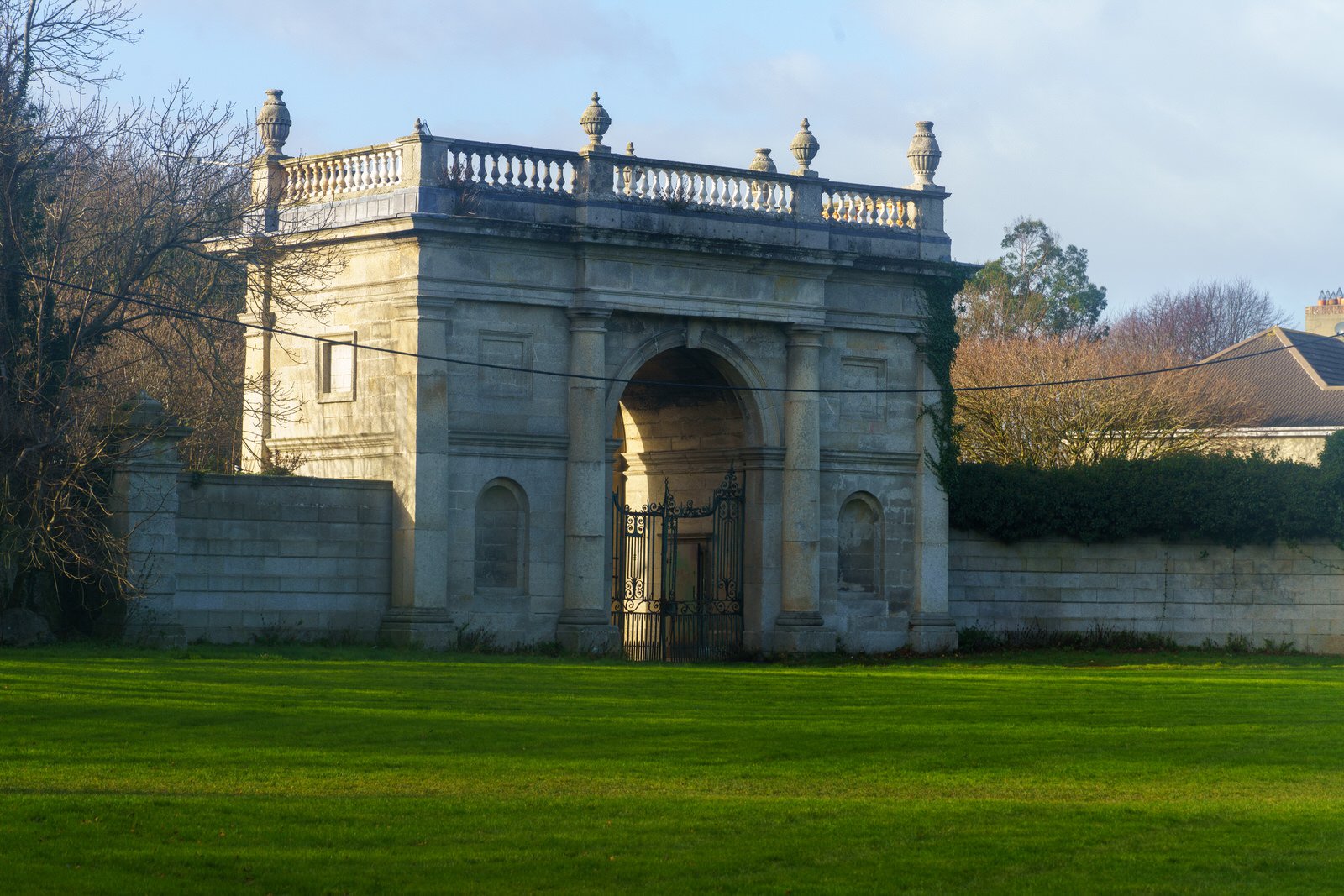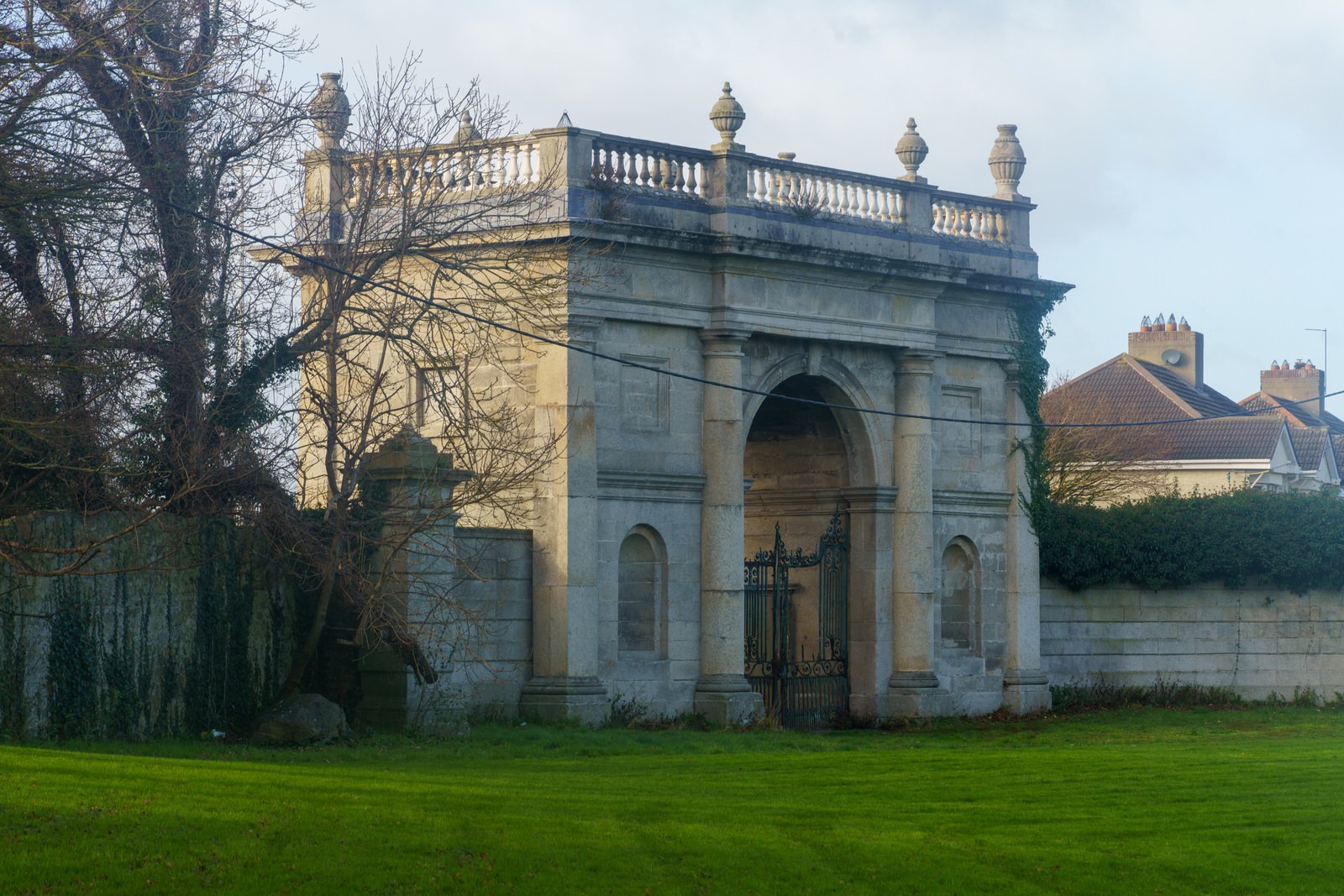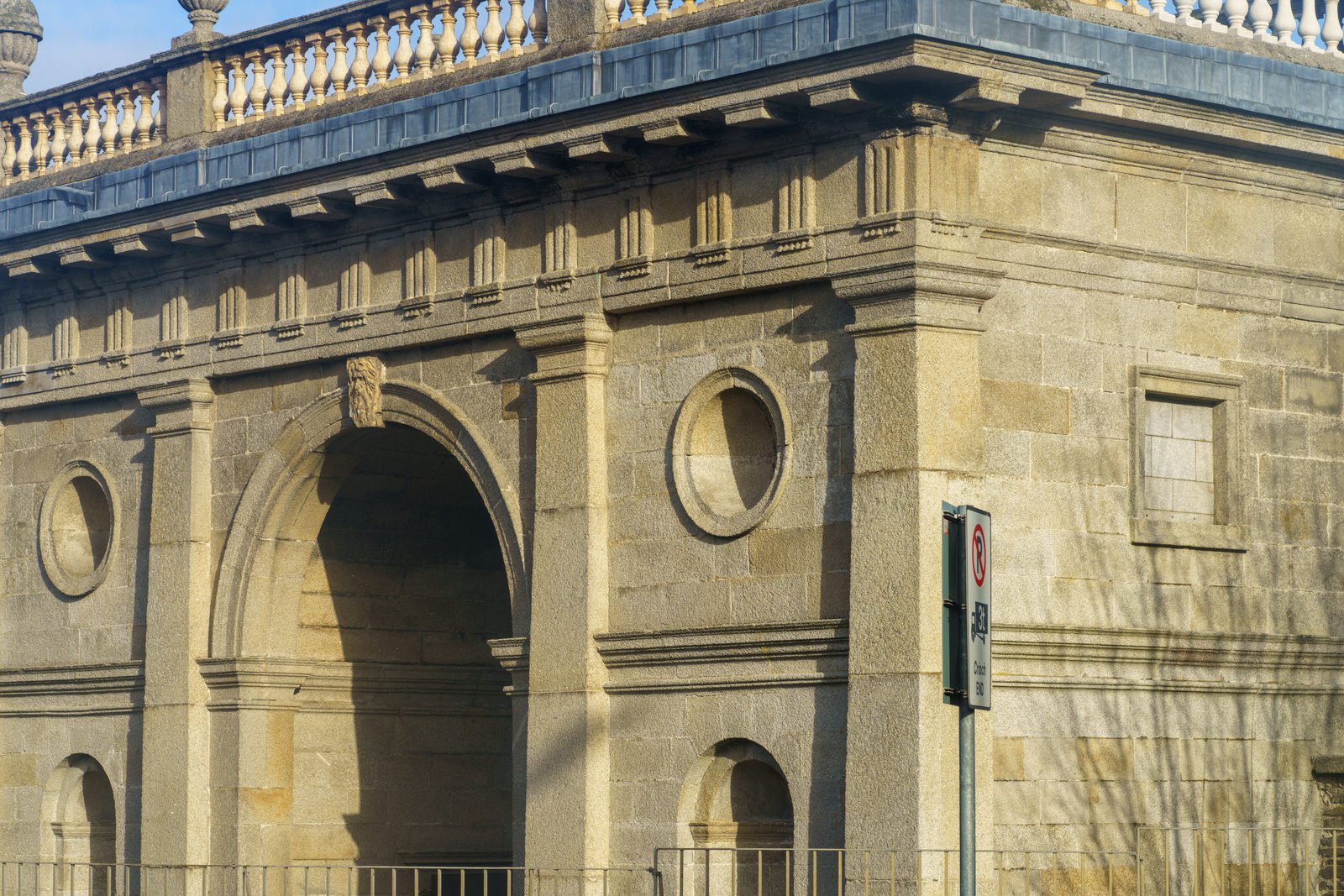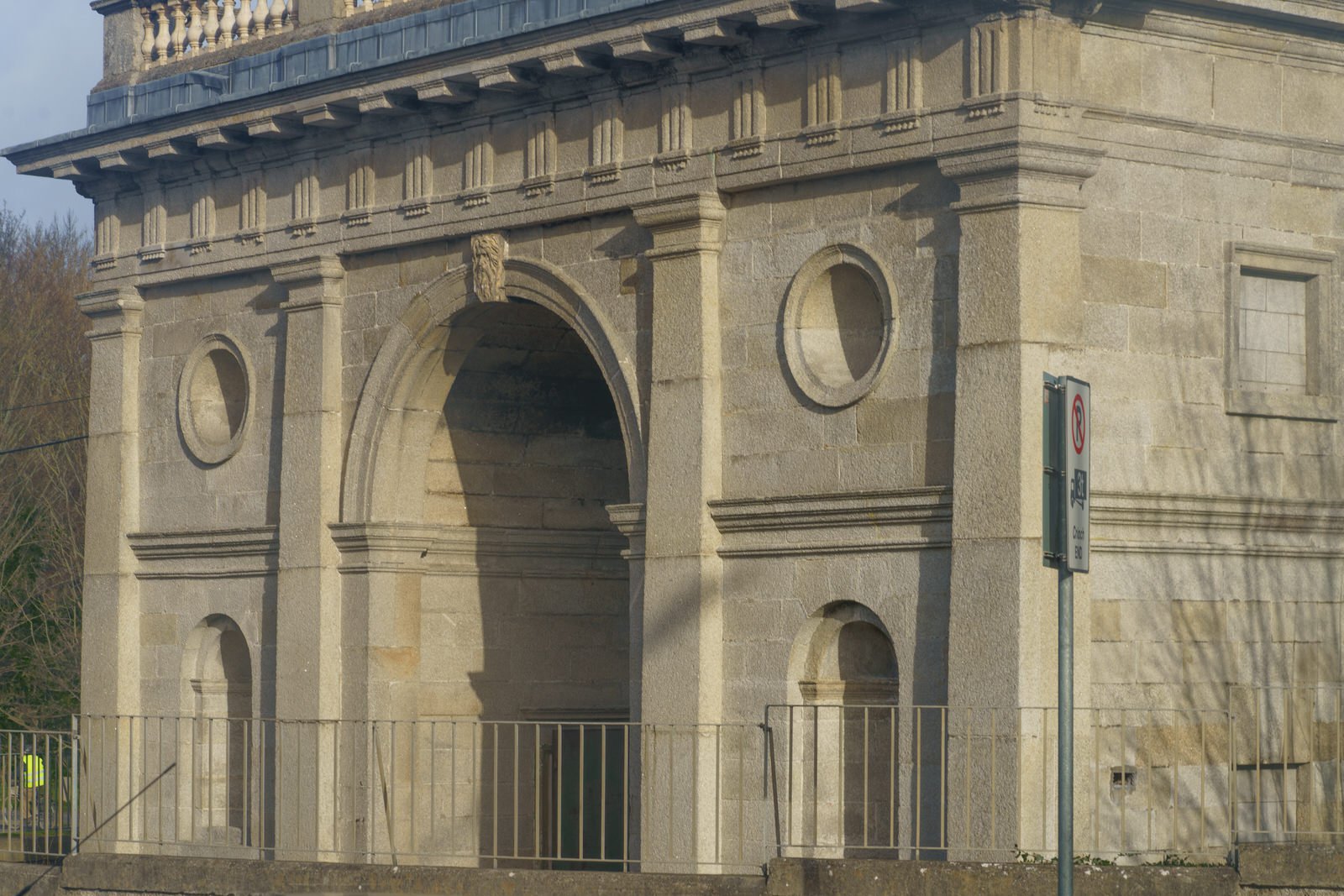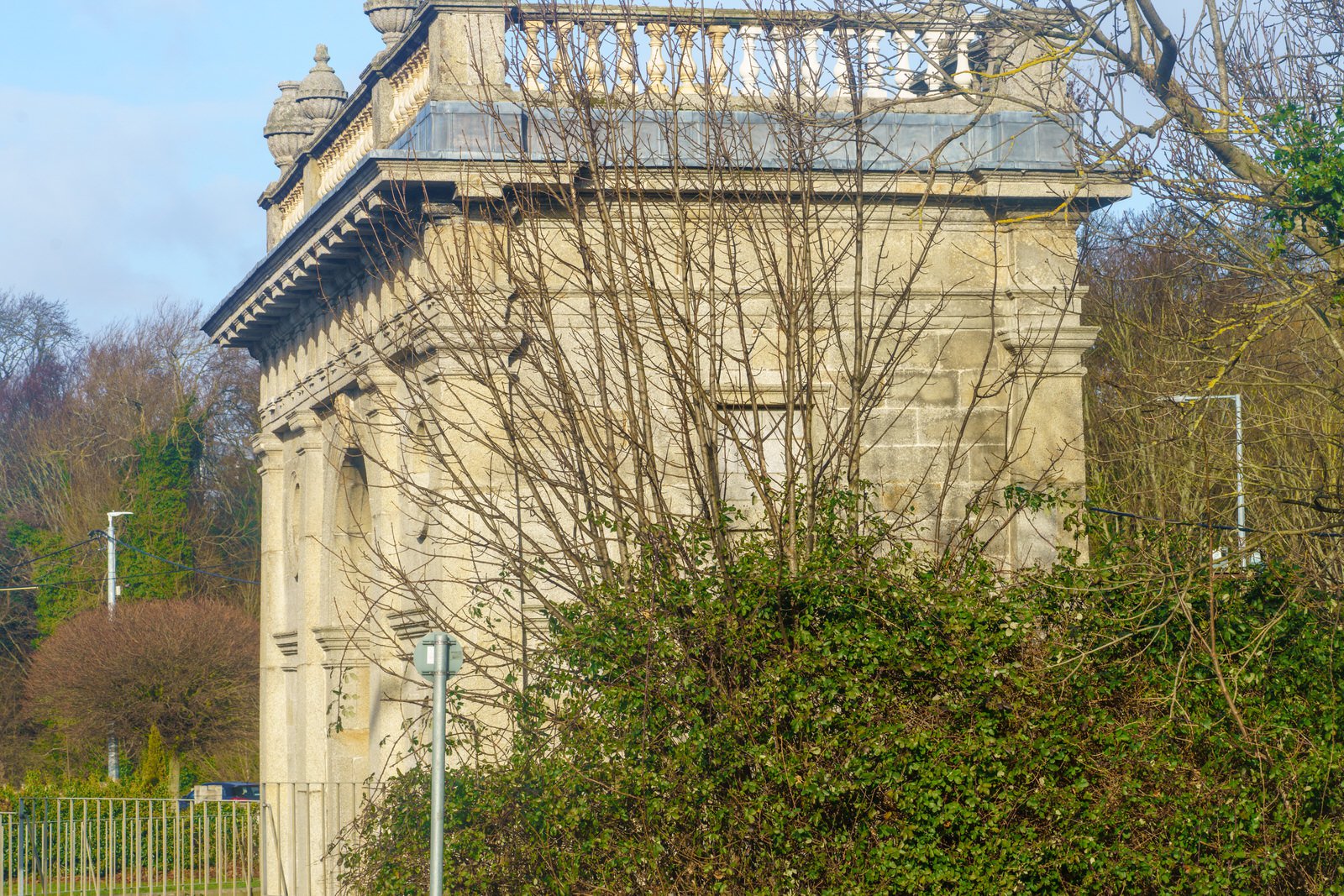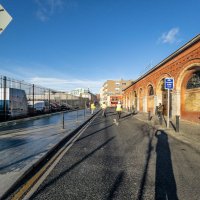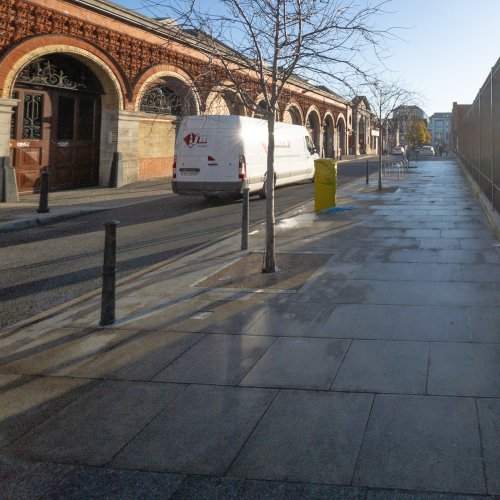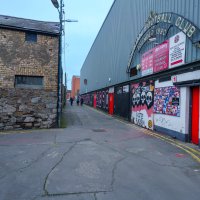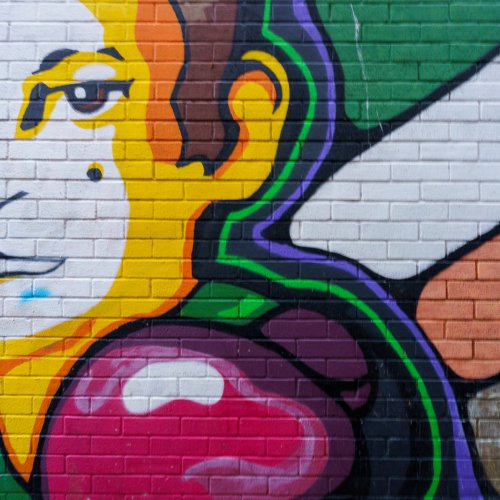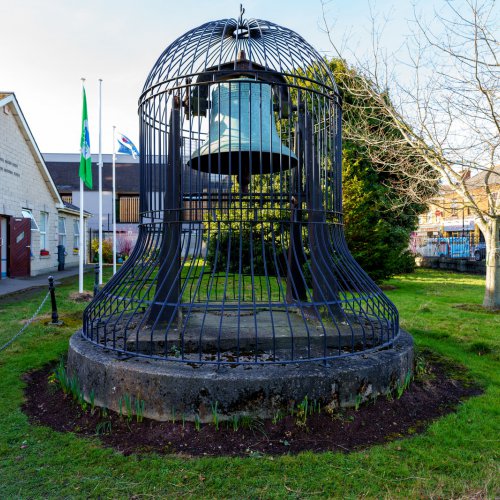A triumphal arch from the 18th century, which originally led to Rathfarnham Castle. The erection of this gateway is attributed to Henry Loftus, Earl of Ely from 1769 to 1783 who was also responsible for the classical work on the castle itself. The arch is named the new gate on Frizell’s map of 1779. After the division of the estate in 1913 the arch became the entrance to the Castle Golf Club but was later abandoned in favour of the more direct Woodside Drive entrance.
According to the Dublin Post the Victorian Fruit and Vegetable Market has been rented out to a construction company for storage purposes for €600 per week for the past 16 months.
VICTORIAN FRUIT AND VEGETABLE MARKET
According to the Dublin Post the Victorian Fruit and Vegetable Market has been rented out to a construction company for storage purposes for €600 per week for the past 16 months.

